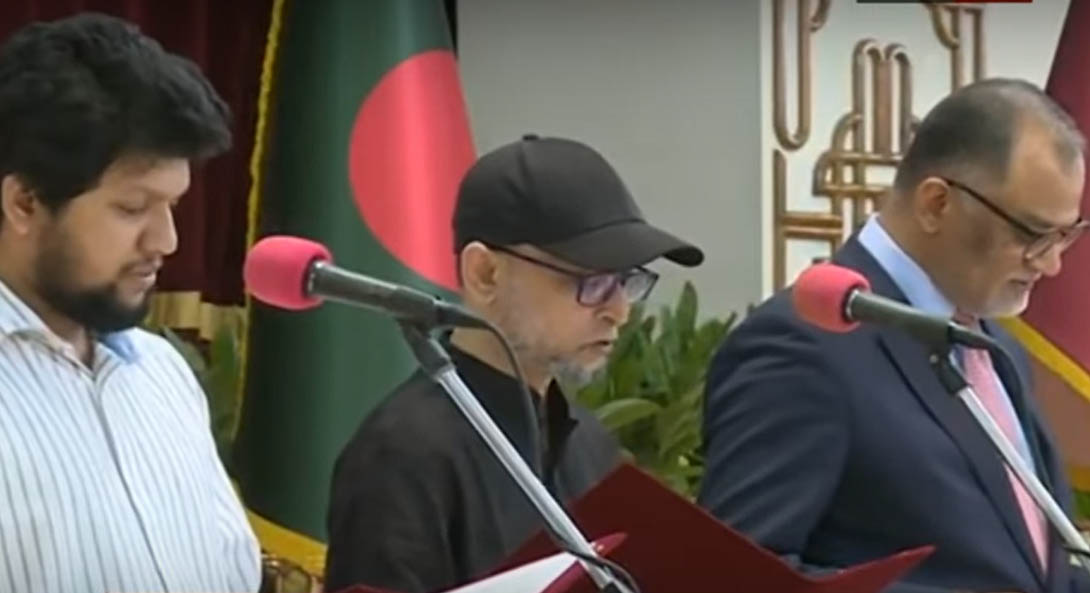
Online Desk: Under Modi’s prodding, India has gone back centuries before the time the country was invaded first by Muslims who came crossing the mountain ranges in the north and established Islam in India. They were followed some centuries later by the British who crossed the oceans as traders but then established their dominion over India.
Prime Minister Modi has now governed the country for more than ten years and will be in office for at least another five years. He wants to erase this history and bring back Hinduism to India. He wants to change the name of his country from India to Bharat. This is the context in which he sees the activities of Sikh separatists as mostly gang-related, a chaotic mix of extraction, trafficking in drugs and score settling.
According to one interpretation by a group of journalists writing for The New York Times, the Sikh “criminal masterminds often operating from abroad, take advantage of economic desperation in a state where farmers are crushed by rising debt and many youths lack employment or direction – problems compounded by a feeling of political alienation in minority Sikh communities.” The reference is to the state of Punjab on the border of Pakistan which used to be called the “bread basket of India”.
Resentment against the rise of Hindu extremism was expressed in early 2023 by Amritpal Singh, a young Sikh who walked around Punjab portraying himself as the new prophet of Khalistan. When his supporters attacked a police station to free one of their detained accomplices, authorities ordered Singh’s arrest. A new prophet of Sikh grievances was thus born. But there are some in the Sikh leadership that had good working relationship with the members of the ruling Hindu party.
To put the Nijjar case in the right context, it would be useful to address, albeit briefly, the history of Sikhs in India and the world outside. With a population numbering between 25 and 30 million, Sikhism is the world’s fifth largest religion.
The community is made up of an ethnoreligious group that was formed in the late 15th century in the province of Punjab by Guru Nanak, the first of a series of ‘gurus’. The term Sikh has its origin in the Sanskrit word ‘sisya’ which means a disciple or student. Strict followers of the religion must always have uncut hair covered by a turban. Guru Nanak was succeeded by nine gurus.
Their selection often led to bitter disputes in the community. To prevent that from happening repeatedly, the community decided to make Granth Sahib, the sacred scripture of Sikhism, as the tenth guru who would rule in perpetuity.







